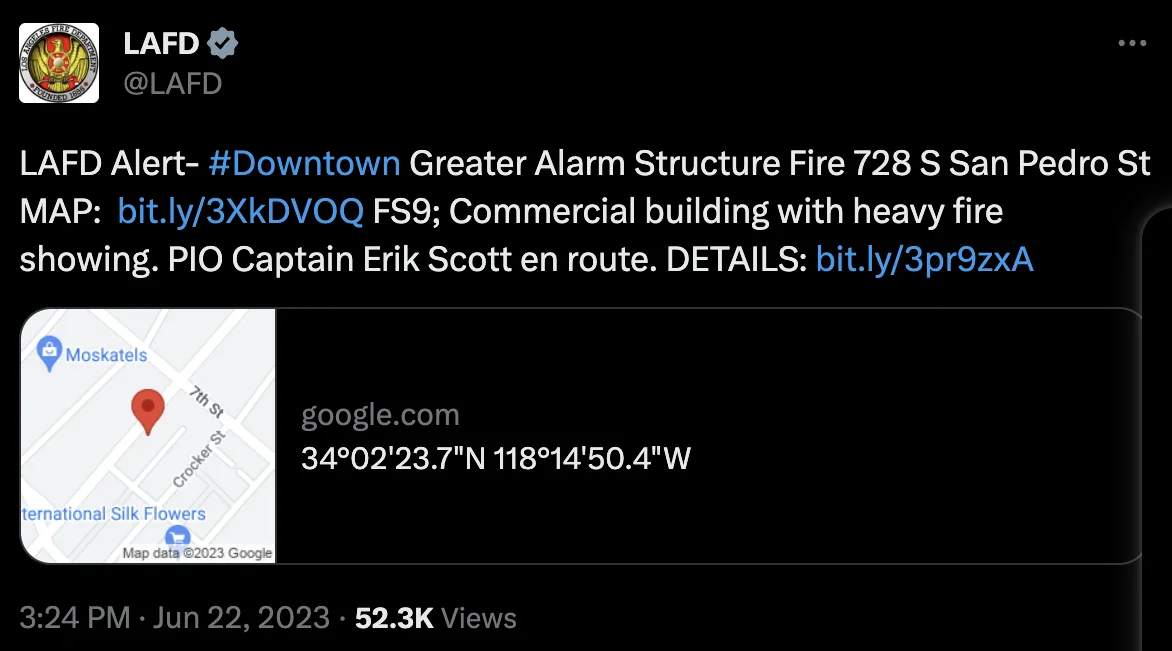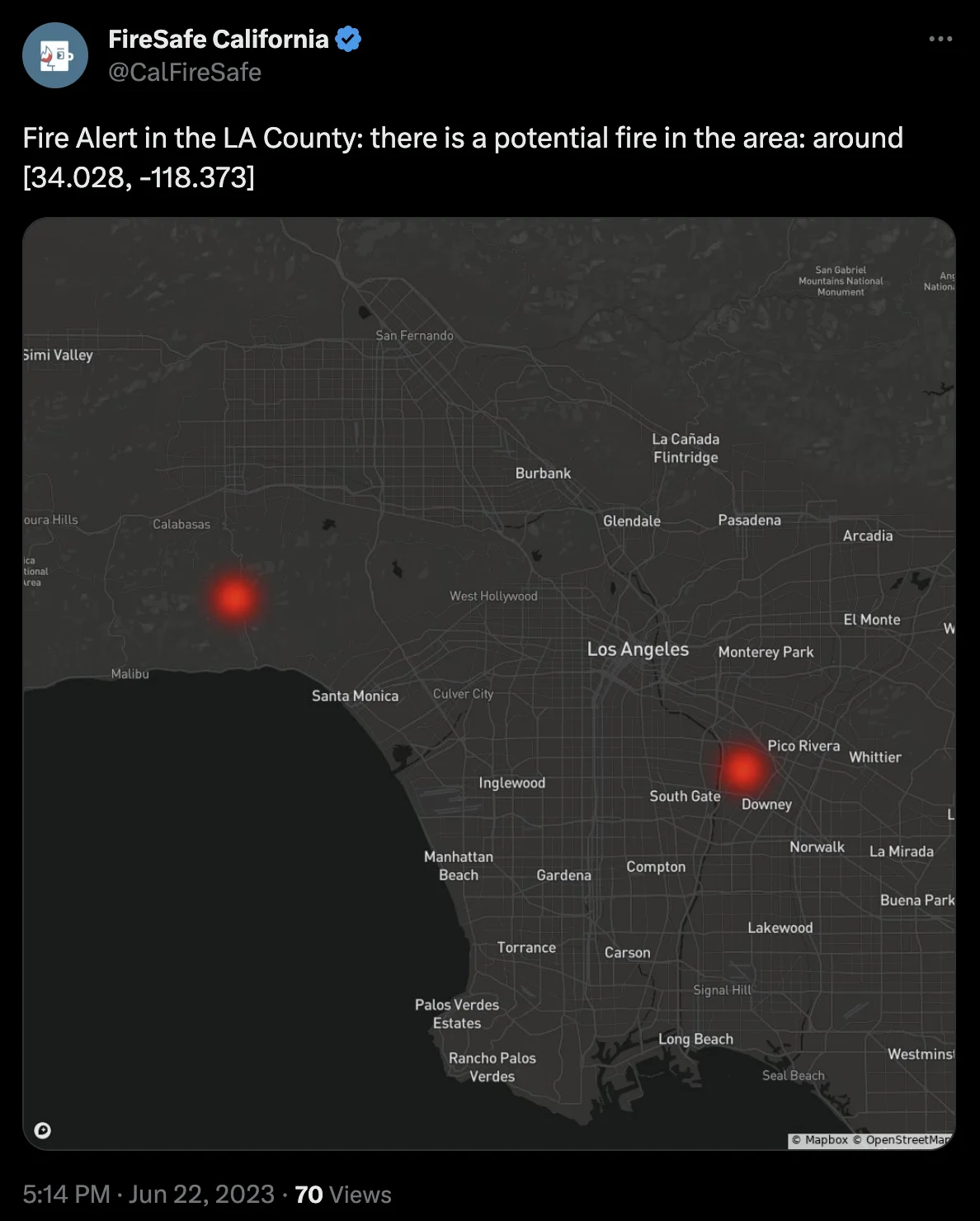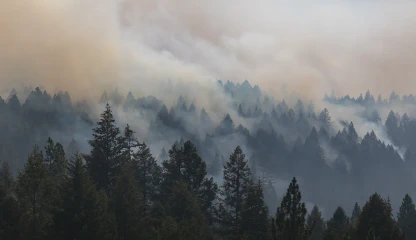Over time, various practices have emerged to aid in wildfire prevention and, at times, even wildfire prediction. Despite these efforts, the possibility of wildfires still exists. And as wildfire threats become more frequent and severe, it becomes utterly important to leverage all the resources available to detect wildfires early on.
According to CAL FIRE statistics , as California faces the wildfire season, it’s alarming to note that already in 2023, 3,370 wildland fires have already been reported, burning 21,743 acres of land. With a staggering total of 287,992 emergency responses in 2023 alone, it becomes evident that there is a pressing need for a rapid and precise wildfire alert system.
FireSafe Wildfire Alerts
FireSafe has developed a technology capable of detecting wildfires during their initial stages before they spread and cause extensive damage. This system utilizes social media data, such as reports of smoke, ashes, and flames, alongside advanced machine learning (ML) models to deliver real-time wildfire alerts across California. As a result, the time lag between fire detection and alert issuance is nearly eliminated, almost reaching zero.
In June 2023, the FireSafe models identified several smaller wildfires that might have gone unnoticed by official statistics but still presented a potential risk to public safety, as they could escalate into larger blazes. Below are a few examples of such fires.
On June 23, at around 02:20 AM, Santa Monica Fire Department tweeted about their response to a trash fire incident.

Around two hours earlier, FireSafe issued an alert on the potential wildfire in the same area.

On June 22, 2023, at around 03:30 PM, the Los Angeles Fire Department reported a fire in LA Downtown.

At 04:07 PM, FireSafe issued its wildfire alert.

On June 22, at approximately 04:30 PM , LAFD reported a brush fire burning near Knapp Ranch Park.

Within an hour, FireSafe issued an alert on the wildfire incident in the same area.

Effective wildfire alerts depend on two key elements: time and precision. Even if an alert is promptly issued, any delay caused by imprecise location information can be detrimental. For this reason, FireSafe prioritizes both the speed of the wildfire alerts and the accuracy of the coordinates provided, ensuring a comprehensive and reliable warning system.



